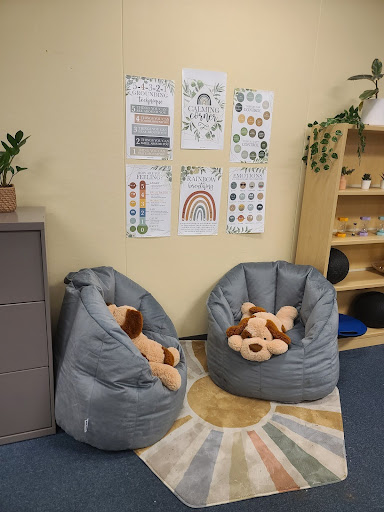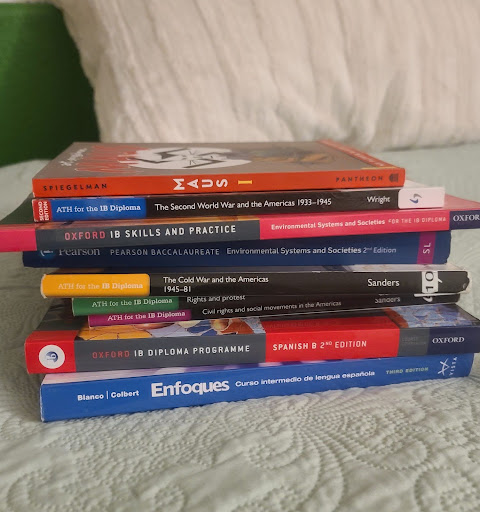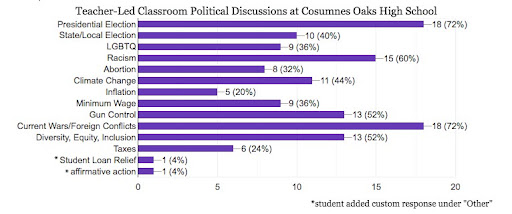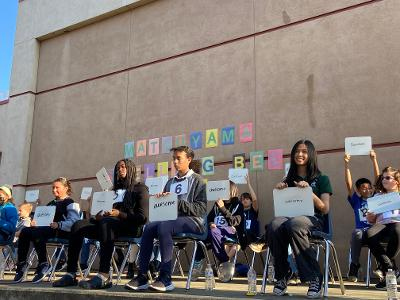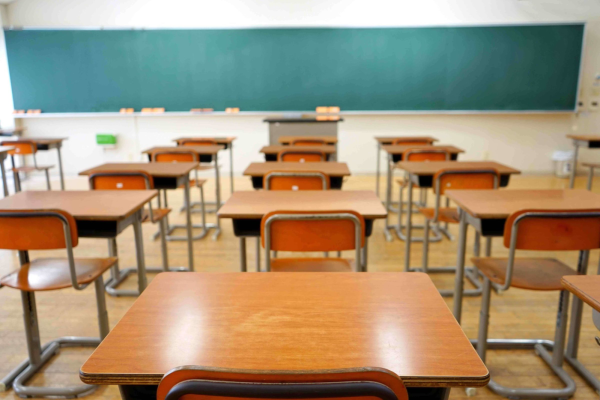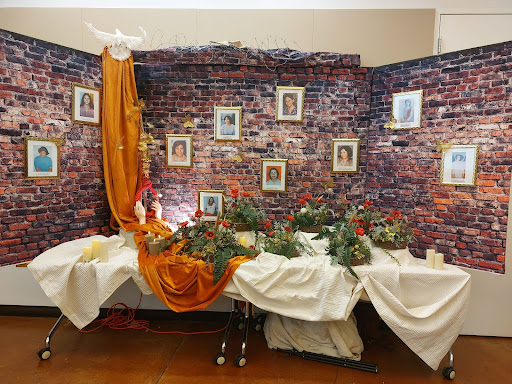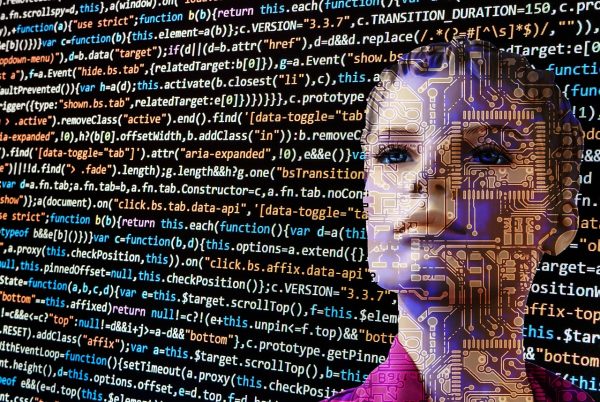California continues universal free meals for all K-12 students beginning this fall
After a year in which the federal government served free breakfast and lunch to K-12 students nationwide, the state of California has decided to continue bringing universal free meals to the table, starting with the 2022-2023 school year.
As COVID mellowed enough for schools to reopen last year for the 2021-2022 school year, “. . . all students in K-12 schools got free meals last year and it was paid for federally by USDA because of the pandemic,” said Diana Flores, the executive director of nutrition and distribution services of the Sacramento City Unified School District Central Kitchen.
Last year, every single student was allowed breakfast and lunch, free of cost, no matter their income level.
While the majority of SCUSD families relied on the distributed meals to ensure their children received adequate nutrition, about 25% of SCUSD students, including John F. Kennedy High School junior Kameron Wong, took advantage of the free food because “It made school and life easier, since we didn’t have to bring our own lunch and our family didn’t have to spend so much time and money on packing lunches from home.”
The remaining 75% of students who are needy helped the Central Kitchen to realize that “… food insecurity in Sacramento is real, people think it only happens in third-world countries but it happens here,” Flores said. “You don’t have to be homeless to not have enough food at home.”
For families struggling to pay for food, the universal free meals were a huge help, and for the students, it took away any potential embarrassment about being a free meal recipient.
“It’s been so helpful having the free meals these last couple years. My kids feel no shame in receiving their free lunch since everyone was getting one,” said one mother of a Matsuyama Elementary School student, who did not wish to be named. “I used to have to decide between paying for gas or paying for food or paying for school supplies and now that decision is much easier for me.”
As students returned to in-person learning, the free meals were packaged nicely for the students to grab and go as they left school.
“The meals were really good and I was excited to get a food bag every day to see what was inside. On Fridays, we sometimes had whole pizzas too!” said the Matsuyama School family’s young student.
The district spent more than $31 million for the first year that school meals became free (2021-2022) and increased that amount for the 2022-2023 school year by a bit more than $400,000, according to district budget figures. Before COVID and free meals for all students, the district was spending $28.6 million in 2018-2019 and just under $25 million in 2017-2018.
The district’s revenue figures show the increased expense of providing universal free meals during COVID, but some students say the additional spending was accompanied by an improvement in food quality. Wong said he and others only bought a meal from the school if “it was good, and the quality of the food has gotten better since then.”
As a result of the pandemic, many businesses struggled, including the district’s nutrition department.
“We had trouble sourcing,” Flores said. “There’s a supply chain issue, so we’d have to order way in advance, and when the order gets here, it either might be half of what we ordered, or we don’t know what we’re getting until the truck shows up, specific foods aren’t arriving, we got shorted, and just couldn’t stick to the menu.”
The nutrition department also couldn’t fully participate in the quarantine routine halfway through the lockdown, as they had communities and families to feed.
“Staff showed up even when teachers and students stayed home and did distance learning, implementing a pick-up distribution,” Flores said. “We built it up to seven days a week, four meals a day.”
Now, two-and-a-half years after COVID’s appearance, the Central Kitchen serves 40,000 meals a day to 80 schools in the Sacramento region. With that many meals being served to more than 43,000 students every day, food waste is definitely a problem.
“Make better foods, don’t force kids to take foods that they won’t eat, or even just make bigger punishments for those who don’t eat everything,” said Wong, just a few of his solutions to fix the problem of too much food being thrown away.
Flores agrees with part of his assessment.
“What I don’t agree with is making a kid take something that they don’t want,” she said. “I think we shouldn’t force food on kids. That’s a waste and I could save that money that’s going in the garbage on higher-quality food.”
Since the U.S Centers for Disease Control is loosening its COVID guidelines, the Central Kitchen wants to start bringing back programs such as student engagement – where students can do work service and participate in student taste testing – as well as adding new items to its menu.
“At the high school level, we are trying to bring back … homemade mac ’n’ cheese, fresh soup with grilled cheese sandwich, and red enchiladas … as well as the green enchiladas and ramen,” Flores said.
Also new this year, SCUSD students are going to use a point-of-sale system to receive their meals, but the meals will continue to remain free.
In an email in late August, the nutrition services department announced the system will be used by all middle school and high school students.
With how much the Central Kitchen does for its students and families, the staff gets to witness firsthand a community filled with gratitude.
“I’ve had families thank us, our staff, given them little gifts, write little cards,” Flores said. “We have had families email us saying, ‘You have no idea how excited we are to get in line and get our food because it’s the one normal thing we have in our lives.’”
Your donation will support the student journalists of Student Education Reporter program. Your contribution will allow us to hire more student journalists to cover education in the Sacramento region.


